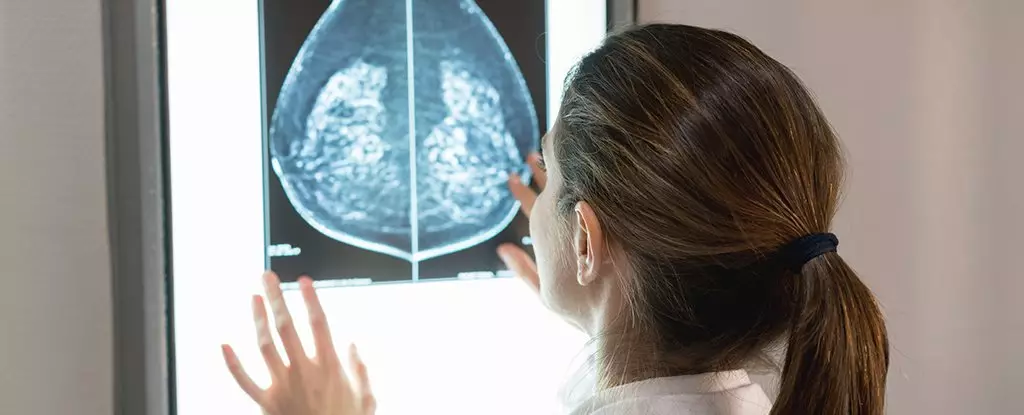Recent data reveals a troubling increase in breast cancer rates in the United States, strikingly among younger women and Asian American populations. According to a biennial report from the American Cancer Society, breast cancer cases have escalated by an annual rate of one percent between 2012 and 2021. This rise occurs even as the overall mortality rate related to breast cancer continues to show a significant downward trend—declining by 44 percent from 1989 to 2022. These statistics indicate a paradox where advancements in medical care do not evenly benefit all demographics.
Breast cancer remains the second most common cancer among American women and the second leading cause of cancer-related deaths, following lung cancer. The stark reality is that approximately one in eight women in the U.S. will receive a diagnosis of invasive breast cancer in their lifetime, with a two percent chance of succumbing to the disease. While the overall mortality from breast cancer has seen significant improvements, the dissection by age reveals a concerning trend: women under 50 experience a more rapid increase in cases, at an annual rate of 1.4 percent, compared to their older counterparts. This trend invites questions about the underlying factors contributing to the sharp rise in incidence among younger women.
The study underscores alarming variations in breast cancer incidence across different racial groups. Asian American women display the most significant increments in breast cancer cases, followed closely by Hispanic women. The study suggests that the influx of new immigrants, who may possess a heightened risk for breast cancer, plays a role in this trend. While the overall cancer mortality rate has drastically fallen, disparities persist. Specifically, the breast cancer mortality rate among Native American women has seen no improvement since 1990, and Black women experience a staggering 38 percent higher death rate from breast cancer than white women, even though they have five percent fewer diagnoses.
These disparities call attention to systemic issues such as social determinants of health and long-standing systemic racism. Access to quality healthcare is not universally available and can drastically affect treatment outcomes. For instance, Black women may report higher rates of receiving mammograms; however, many may be receiving these screenings at lower-resourced facilities that lack accreditation from reputable organizations, resulting in insufficient follow-up care and advanced detection failures.
The findings of this report emphasize the urgent need for interventions that address the root causes of health disparities. Increasing diversity in clinical trials is a recommended step; this approach would offer a better understanding of how different populations respond to treatments and improve the relevancy of data that informs clinical practice. Furthermore, establishing community partnerships aimed at enhancing access to high-quality screening services is crucial. Such initiatives must prioritize underserved populations to ensure equitable care across the spectrum.
In light of these findings, public health guidelines are evolving. The United States Preventive Services Task Force recently recommended that women begin biennial breast cancer screenings at the age of 40. This shift underscores the importance of early detection strategies and acknowledges the ongoing need for individualized health choices based on personal and family health histories.
While advances in breast cancer detection and treatment have resulted in lower mortality rates overall, the increasing incidence among younger women and specific racial groups raises significant concerns. Effective solutions must involve a multi-faceted approach that encompasses a commitment to equity in healthcare access, community-driven initiatives, and a focus on inclusive research that addresses the needs of the most vulnerable populations. As we adopt new guidelines for screening, it is crucial to ensure that all women, regardless of their background or circumstances, have the opportunity to benefit from these life-saving measures.


Leave a Reply